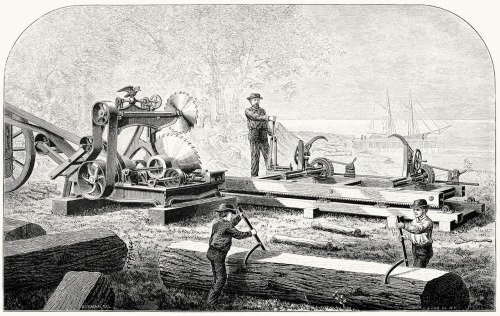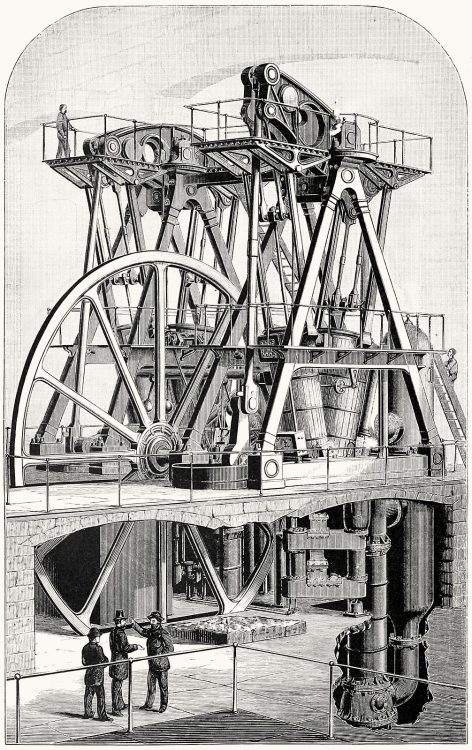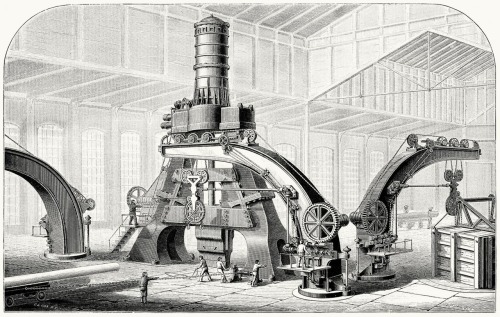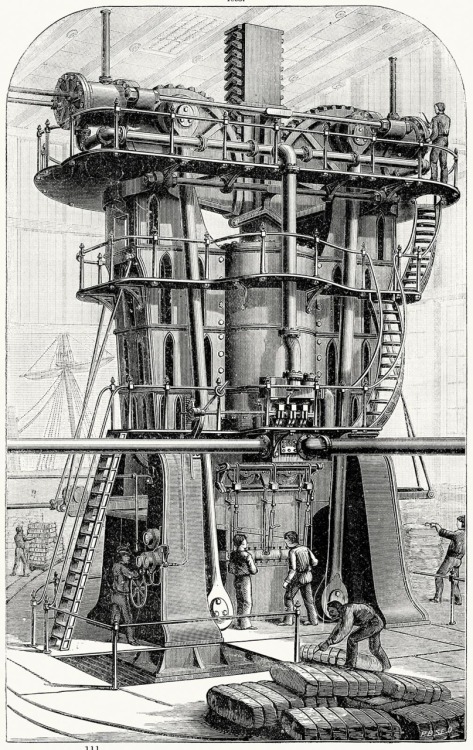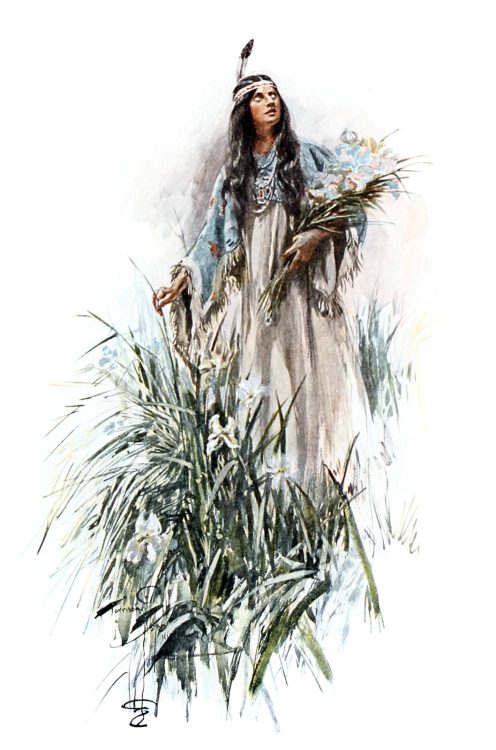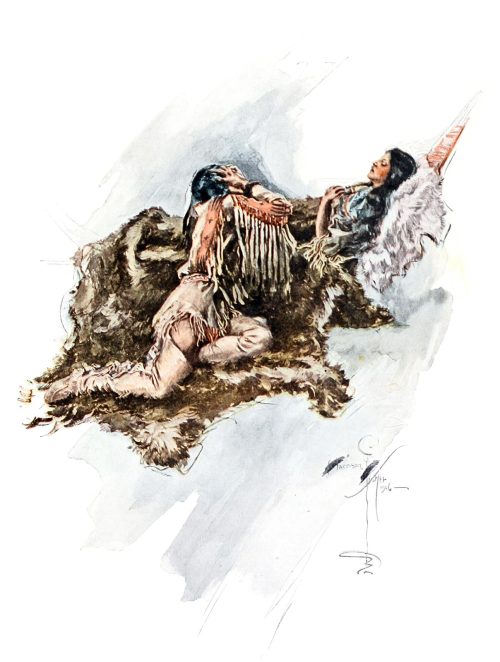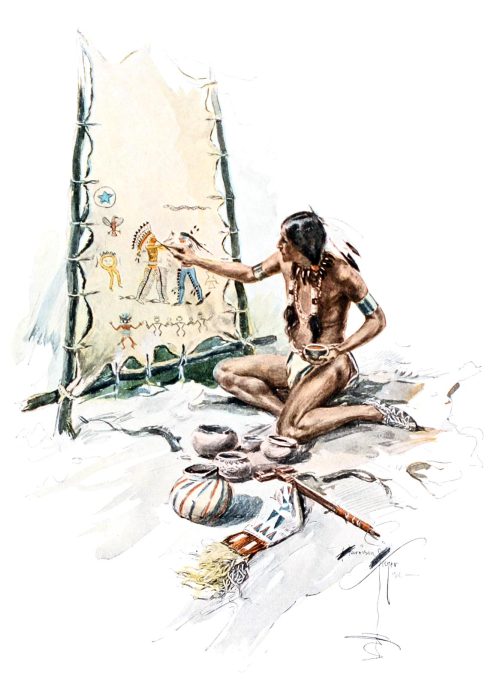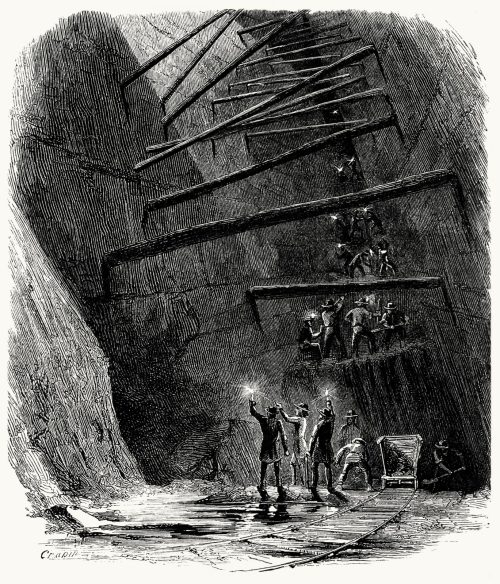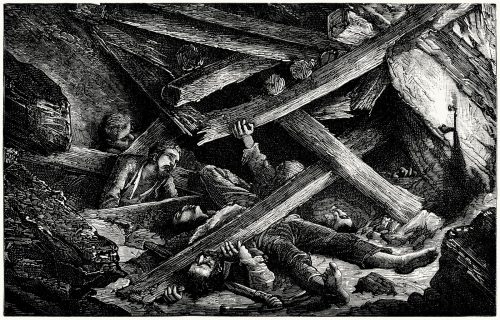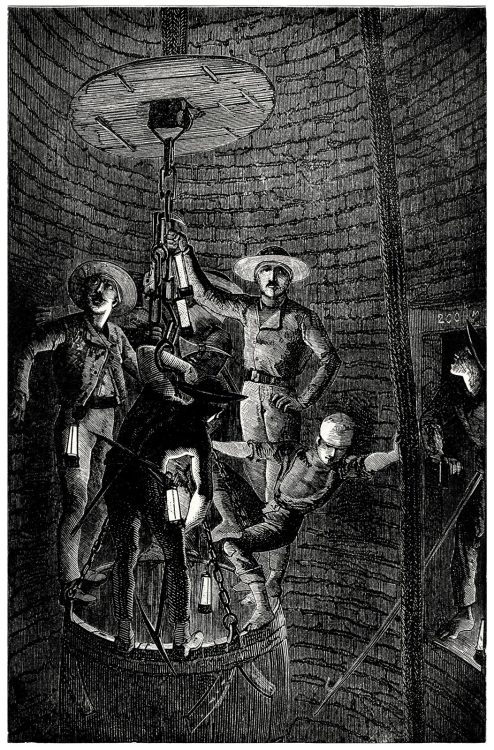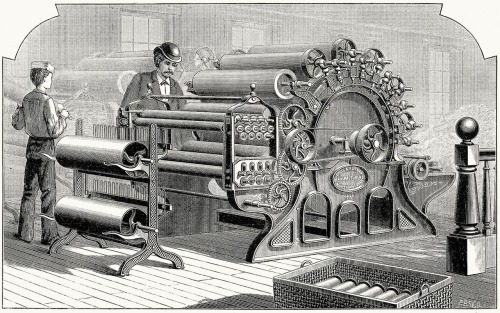
Davis & Furber wool-carding machine.
From Appletons’ cyclopaedia of applied mechanic vol. 2, edited by Park Benjamin, New York, 1880.
(Source: archive.org)
From Appletons’ cyclopaedia of applied mechanic vol. 2, edited by Park Benjamin, New York, 1880.
(Source: archive.org)
Park
Benjamin (1849–1922) was an American patent lawyer, physician, and writer. He
was born in New York City, graduated at the United States Naval Academy in
1867, resigned from the Navy in 1869, and graduated at the Albany Law School in
the following year. He was associate editor of The Scientific American from
1872 to 1878 and subsequently edited Appleton's Cyclopedia of Applied Mechanics
and Cyclopædia of Modern Mechanism.
Besides
numerous magazine articles dealing for the most part with scientific subjects,
he published also:
Shakings or Etchings from the United States
Naval Academy (1867)
Wrinkles and Recipes (1875)
The End of New York (1881)
The Age of Electricity (1886)
The Voltaic Cell (1892)
The History of Electricity (1895)
History of the United States Naval Academy
(1900)
Modern Mechanism (1905)
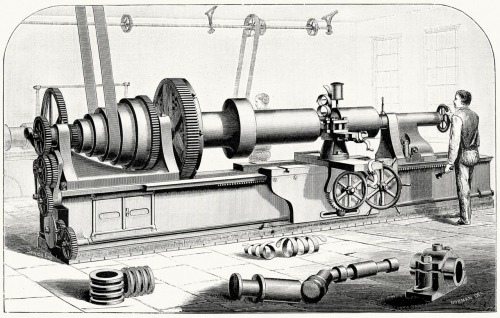
More info available on each machine/Illustration (click on each photo caption).

